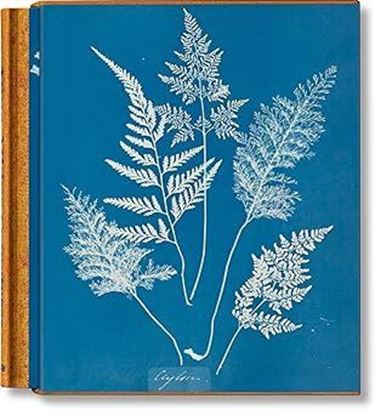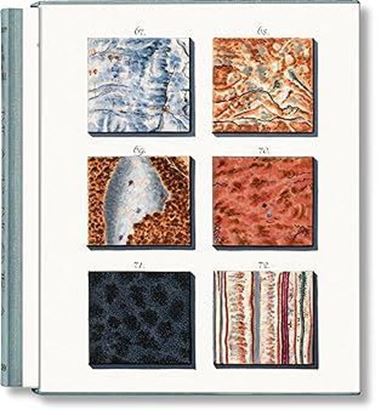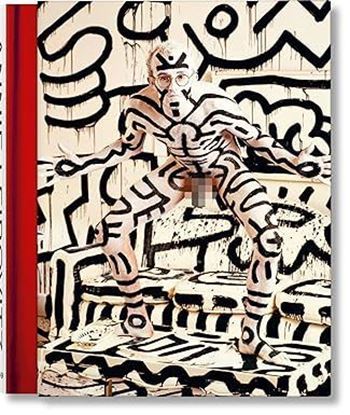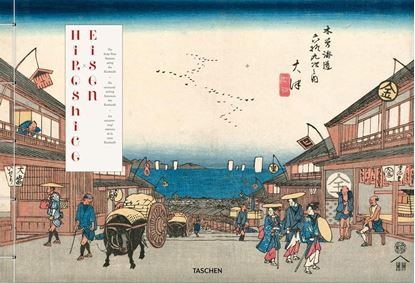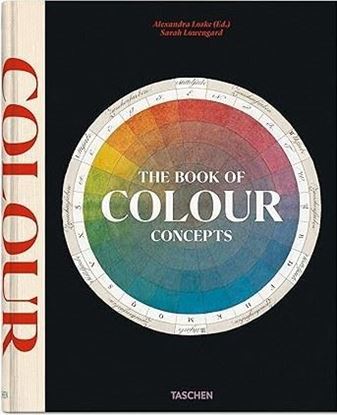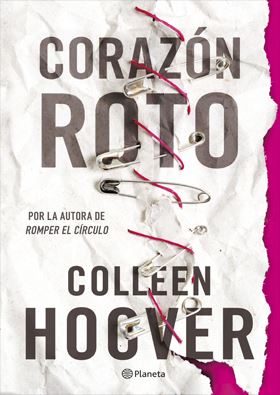

DAVID BAILEY. EIGHTIES
In the 1980, fashion wanted to make a statement and found in legendary British fashion photographer David Bailey its perfect chronicler. After Bailey shaped the style of the Swinging Sixties, fashion in the eighties posed a new challenge: brighter colours, higher glamour, statuesque models, extreme makeup, spandex, lycra, jumpsuits, power dressing, big hair, and as Grace Coddington puts it in her introduction, “jackets with padded shoulders over the shortest mini-skirts and dangerously high-heeled shoes.”
7,995
ANNA ATKINS. CYANOTYPES (CL) (INT)
At the dawn of the Victorian era in her open-air laboratory in Halstead, Kent, Anna Atkins embarked on a radical experiment to document botanical species using a completely new artistic medium. The inimitable cyanotype photograms of algae and ferns she created were made into the first books to feature photographic images. Striking yet ethereal, these albums are a perfect synthesis of art and science.Although the cyanotype technique was discovered by her friend John Herschel, Atkins was the first to realize both its practical purpose for own her interests in botany and taxonomy, and its intriguing artistic potential.
8,500
JAN CHRISTIAAN SEPP: THE BOOK OF MARBLE
An exhaustive compendium of marble, Afbeelding der Marmor Soorten (A Representation of Marble Types) depicted 570 samples across 100 colour plates, accompanied by texts in five languages. Published in 1776 at the peak of the Enlightenment, it is regarded, rightly, as one of the finest illustrated scientific books of the era.Over the course of the 18th century, beautiful books that categorised, annotated, and illuminated the Enlightenment pursuit of learning across Europe had become increasingly popular. Knowledge was everything and everywhere, and these books provided it for those not wealthy enough to build their own personal collections of rare and exotic objects.
8,500
ANNIE LEIBOVITZ (XL) (GB)
When Benedikt Taschen asked the most important portrait photographer working today, Annie Leibovitz, to collect her pictures in a SUMO-sized book, she was intrigued by the challenge. The project took several years to develop and when it was finally published in 2014, it weighed in at 26 kg (57 pounds).This incredible collection is now available in an accessible XXL book format. Leibovitz drew on more than 40 years of work, starting with the photojournalism she did for Rolling Stone magazine in the 1970s through the conceptual portraits she made for Vanity Fair and Vogue.
9,995
XL-HIROSHIGE/EISEN, KISOKAIDO-INT
The Kisokaido route through Japan was ordained in the early 1600s by the country’s then-ruler Tokugawa Ieyasu, who decreed that staging posts be installed along the length of the arduous passage between Edo (present-day Tokyo) and Kyoto. Inns, shops, and restaurants were established to provide sustenance and lodging to weary travelers. In 1835, renowned woodblock print artist Keisai Eisen was commissioned to create a series of works to chart the Kisokaido journey. After producing 24 prints, Eisen was replaced by Utagawa Hiroshige, who completed the series of 70 prints in 1838.
9,995
THE BOOK OF COLOUR CONCEPTS (CL)(INT)
The earliest forms of human creativity – in carvings, markings, and cave paintings – bear witness to humanity’s engagement with color. Almost as old as these examples is the desire to assign structure, order, and meaning to this universal yet elusive concept, and it is this fascination that unites the works compiled in this expansive edition.
Gathering over 65 rare books and manuscripts from a wealth of institutions, including the most distinguished color collections worldwide, The Book of Colour Concepts takes the reader on a chromatic odyssey across four centuries and over 1,000 images of luscious wheels and globes, painstakingly collated charts, and meticulous diagrams, many of them newly photographed exclusively for this edition. Some of these concepts provide exhaustive taxonomies of color, while others reflect upon the relationship of color and music, or the affinities between color and human emotions.
9,995


